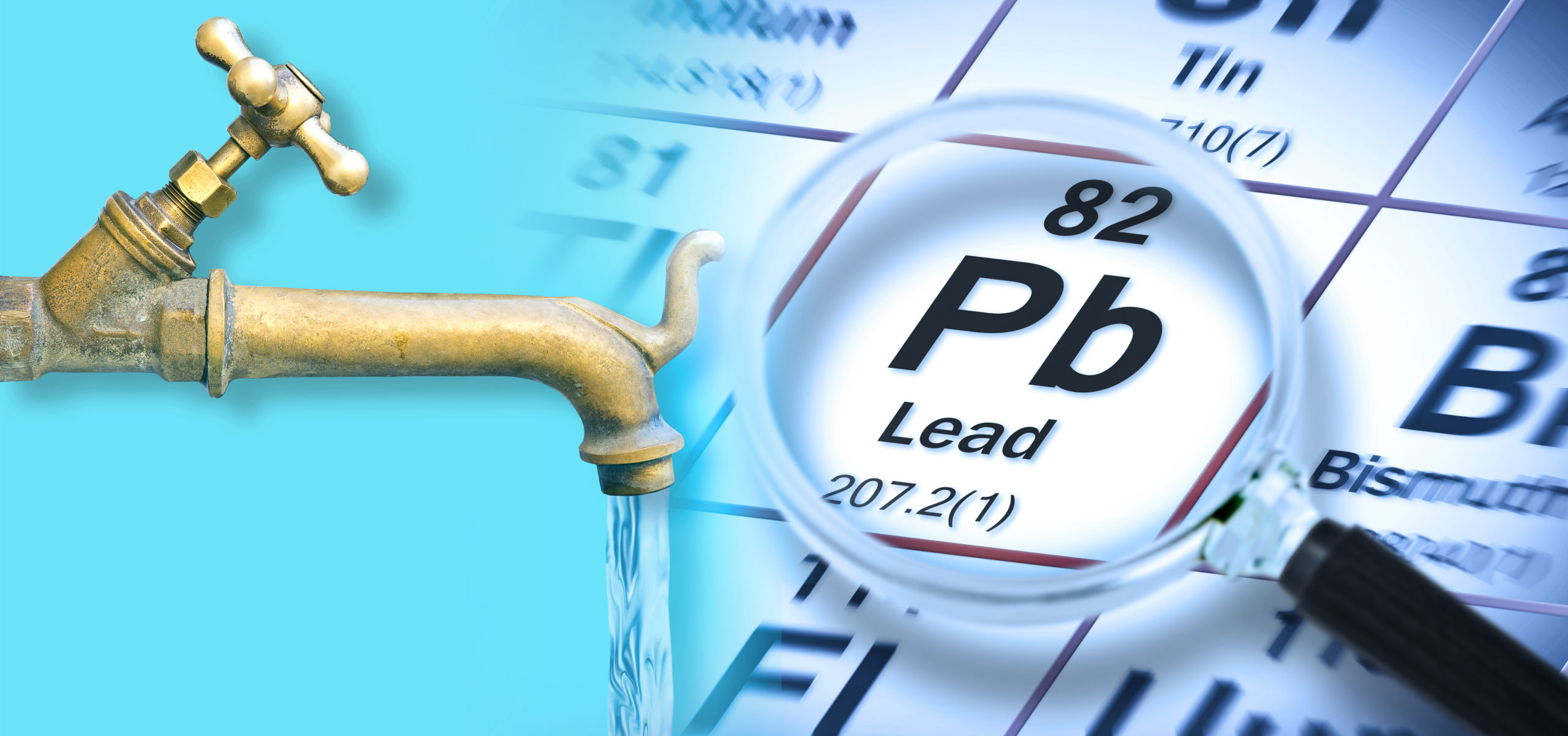The U.S. Environmental Protection Agency (USEPA) announced the availability of $6.5 billion for States, Tribes, and U.S. territories for essential drinking water infrastructure upgrades across the nation through the Drinking Water State Revolving Fund (DWSRF). The $6 billion boost from the Bipartisan Infrastructure Law aims to increase the investments available to rebuild the nation’s water infrastructure by tackling timely projects such as lead pipe replacement and protecting communities from per- and polyfluoroalkyl substances (PFAS) pollution.
The $6.5B of funding includes:
- $3B for lead service line identification and replacement
- $800M to address PFAS and other emerging contaminants
- $2.2B in other critical drinking water system improvements
- Plus $500M available through the DWSRF annual appropriations, established by the Safe Drinking Water Act
Funding for LCRR Compliance
The $3 billion in funding allocated to lead service line identification and replacement will help communities gain compliance with the USEPA’s Lead and Copper Rule Revision (LCRR). The LCRR requires water systems to complete an inventory of all water service line materials by October 16, 2024.
AE2S is prepared to help water systems identify and apply for State funding opportunities to offset the costs of undertaking a systemwide inventory and/or replacement of lead pipes. Here are the three steps AE2S recommends that water systems take to kick off the LCRR compliance tasks:
Start Communicating Now
Every water system in the country will need to involve the public in the LCRR process. Be intentional when you begin communicating about lead in water and the need to inventory all private service lines and public infrastructure. The first step is to educate your water users about the infrastructure that delivers their water. You may also want to discuss what the LCRR is, why it matters, and what the water system needs to do to meet the requirements of this new regulation. Alert your water users early in the process that the water system will need their help to identify whether the service line is comprised of lead on the private side.
Assess Your System’s Inventory Status
Next, water systems need to identify what they know about their water system. Do you have GIS with a node for locating each water hookup in the service area? This information serves as the basis for every location that must be inventoried. Any documentation that provides information about the materials used during public water infrastructure construction over the years should be compiled and reviewed. You also need to determine whether you truly know what is in the ground on the public infrastructure side. The USEPA will require evidence of what materials were utilized on the public and private sides, so it is in your best interest to identify everything as early as possible.
Decide How Your System Will Address Data Gaps
Finally, you will need to decide how to fill in the gaps of information about lead service lines. Will you provide instructions or distribute kits to property owners that will allow them to test their pipes for lead? Will you excavate to determine the material of pipe in the ground at different locations? Do you have a vactor truck for potholing? Most importantly, does your crew have a way to capture everything they are seeing in the field right now? Spending time early to plan how you’ll fill in the gaps in data will help the process go more smoothly.
AE2S tracks the regulatory landscape closely and is ready to help you be successful with LCRR compliance. Please reach out to Marie Owens, Client Program Leader, if you have questions about LCRR requirements or funding opportunities.

